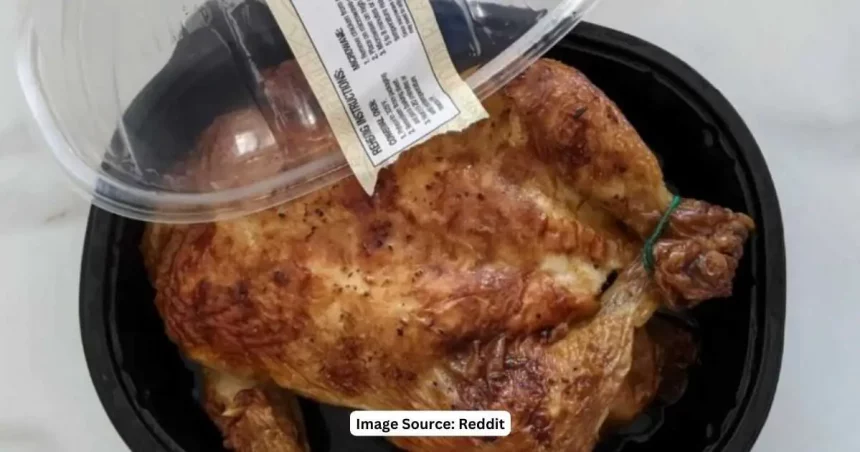Rotisserie chickens have become a popular choice for those looking for a convenient meal that still feels like a home-cooked dinner. Many grocery stores now offer these golden, juicy chickens slowly turning in their warm display cases, ready to be carved and served as soon as you get home. The appeal of rotisserie chickens is clear – they provide a hassle-free, delicious dinner option that is hard to beat in terms of both convenience and price.
However, not all rotisserie chickens are the same. While it may be tempting to assume that all chickens are equal, there are significant differences in size, taste, and nutritional content depending on where you buy your chicken. Before grabbing your next rotisserie chicken meal, it’s worth taking a closer look to see what each store has to offer.
Size and Price Comparison:
Rotisserie chickens can vary in size and price depending on where you purchase them. While Walmart offers rotisserie chickens at a tempting price of $4.98, these birds weigh less than two pounds. On the other hand, Sam’s Club and Costco offer larger chickens weighing around 3 pounds at comparable prices. When considering the cost per ounce, it becomes evident that customers may get more value from purchasing from Sam’s Club or Costco. It’s important to consider not only the total cost but also the total weight to determine which option offers the best value.
Quality Discrepancies Among Brands:
In addition to size and price, the quality of rotisserie chickens can also vary between brands. Walmart’s chickens have received mixed reviews, with some customers finding them inconsistent in preparation, leading to dry or flavorless meat. In contrast, Sam’s Club offers larger, more consistent chickens that are praised for their juiciness and seasoning. Costco, known for its flavorful rotisserie chickens, consistently ranks high in taste tests, with customers lauding the superior flavor compared to competitors.
By considering the size, price, quality, and flavor of rotisserie chickens, shoppers can make more informed decisions and ensure they choose the best option for their needs. Evaluating key factors such as weight, cost per unit, and customer feedback can help consumers make smarter purchasing choices that satisfy both their taste buds and their wallets.






